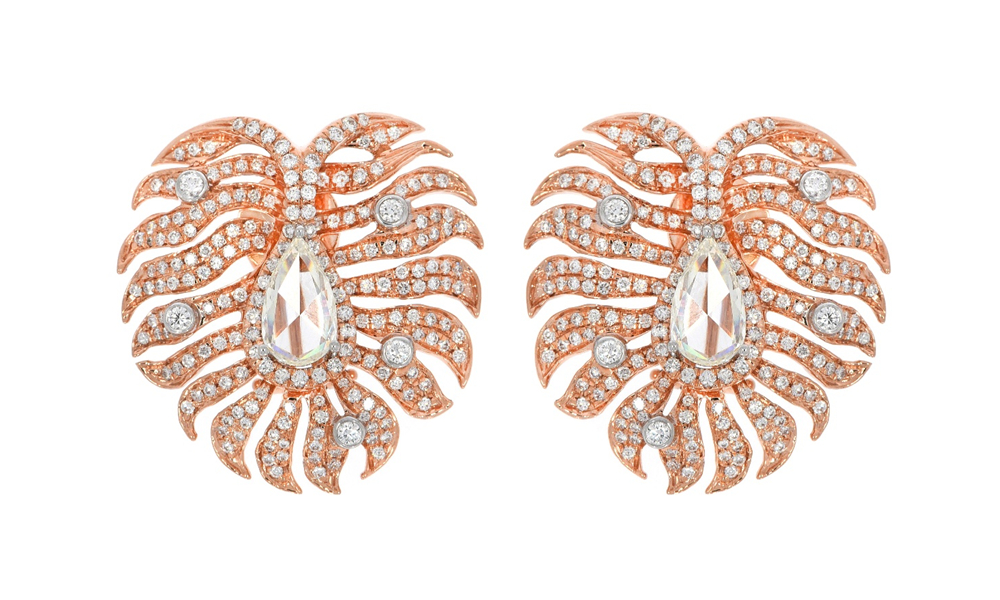India’s diverse culture and art have been a goldmine for many renowned international jewellery brands. Today, the country’s evolving design narrative and growing stature as a global hub for jewellery innovation underscore the enduring legacy of Indian craftsmanship and its resonance with international audiences, offering insights into how the country skilfully balances tradition with modernity.
A new generation of designer brands is emerging—some bold and avant-garde, others rooted in Indian aesthetics—creating contemporary pieces that now grace red carpets worldwide. The duality of straddling both Eastern heritage and Western sensibilities enables Indian brands to cater to diverse markets, from couture jewellers to mass luxury consumers across the world.
India’s jewellery story continues to unfold—not as a relic of the past, but as a living heritage.
The result is a design language that speaks fluently across time zones and sensibilities—a quiet revolution dressed in gold and gemstones.
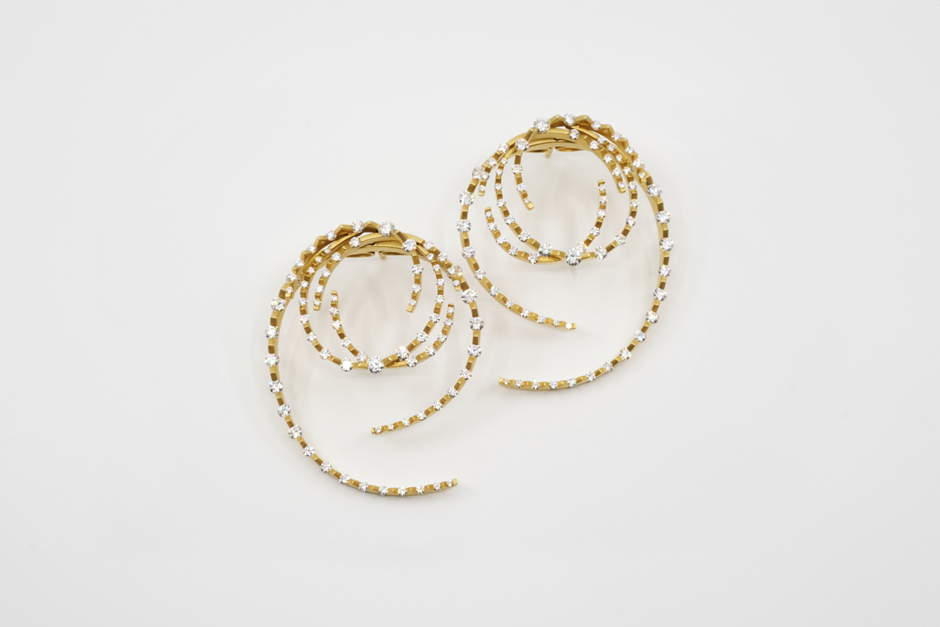
India, the cradle of jewellery craftsmanship, has been a beacon of adornment since the dawn of civilization. From the intricate ornaments of the Indus Valley (2300–1750 BCE) to the opulent commissions for maharajahs, its jewellery tradition reflects a legacy shaped by centuries of cross-cultural exchange. This rich tapestry weaves together ancient techniques and contemporary flair, rooted in masterful gem-cutting and artisanal skill. Far from fading, this heritage has flourished—positioning India as a global powerhouse in the jewellery world and a perennial muse for iconic maisons such as Cartier, Boucheron, and Van Cleef & Arpels.

The Indian Aesthetic: A Global Muse
India’s vibrant motifs—paisley, jali (lattice), peacock, elephant, and floral designs—have long captivated international designers. The paisley, a symbol of fertility, found its way into Cartier’s Art Deco creations. Mughal-inspired lotus and rose motifs bloom in Van Cleef & Arpels’ naturalistic pieces, while the peacock, India’s national bird, dazzles in Boucheron’s enamelled creations. The lattice work, with its play of light and shadow, inspires lightweight, intricate ornaments, reimagined in gold and silver by global brands.
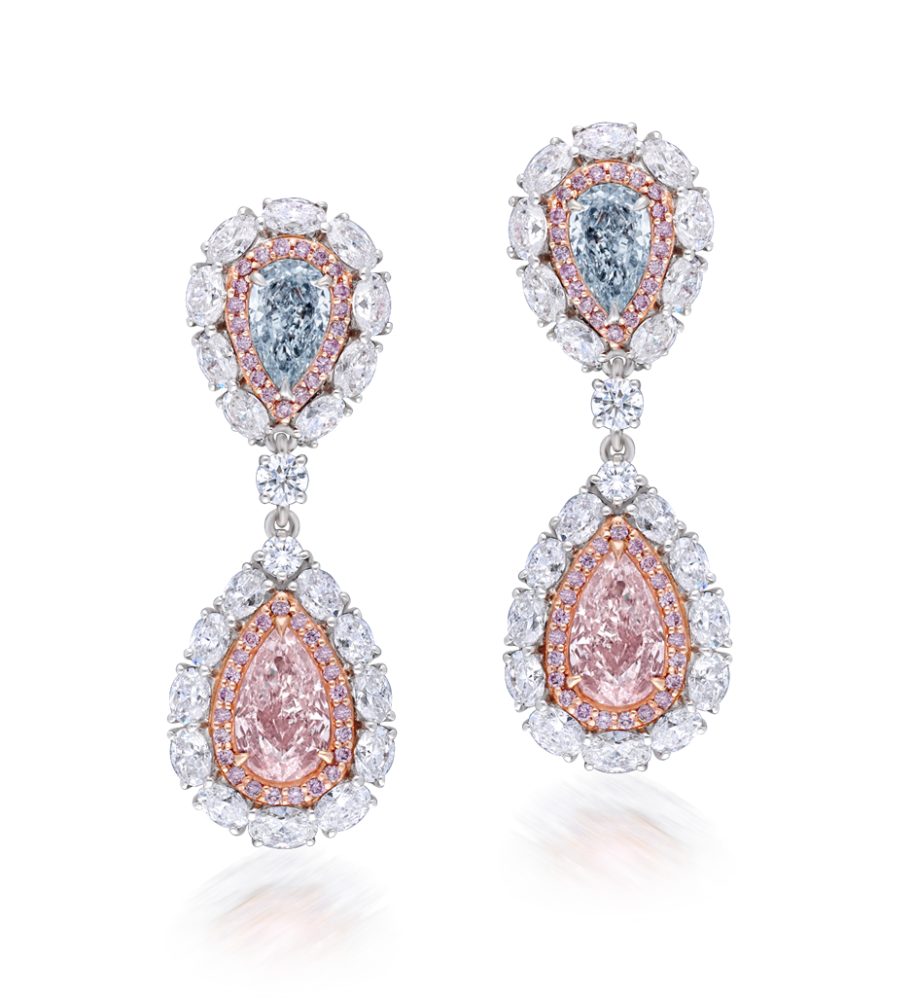
Today, India cuts and polishes over 90% of the world’s diamonds, a legacy born in the fabled Golconda mines, home to legendary gems like the Koh-i-Noor and Orlov diamonds. These stones, considered symbols of power, now underscore India’s unmatched prowess in gem craftsmanship.
Among the distinctive cuts that have gained popularity globally are rose-cut diamonds—pioneered in India and celebrated for their soft, sublime radiance. Their understated sparkle makes them ideal for pairing with gemstones or brilliant-cut diamonds, adding a touch of subtle glamour to contemporary designs.
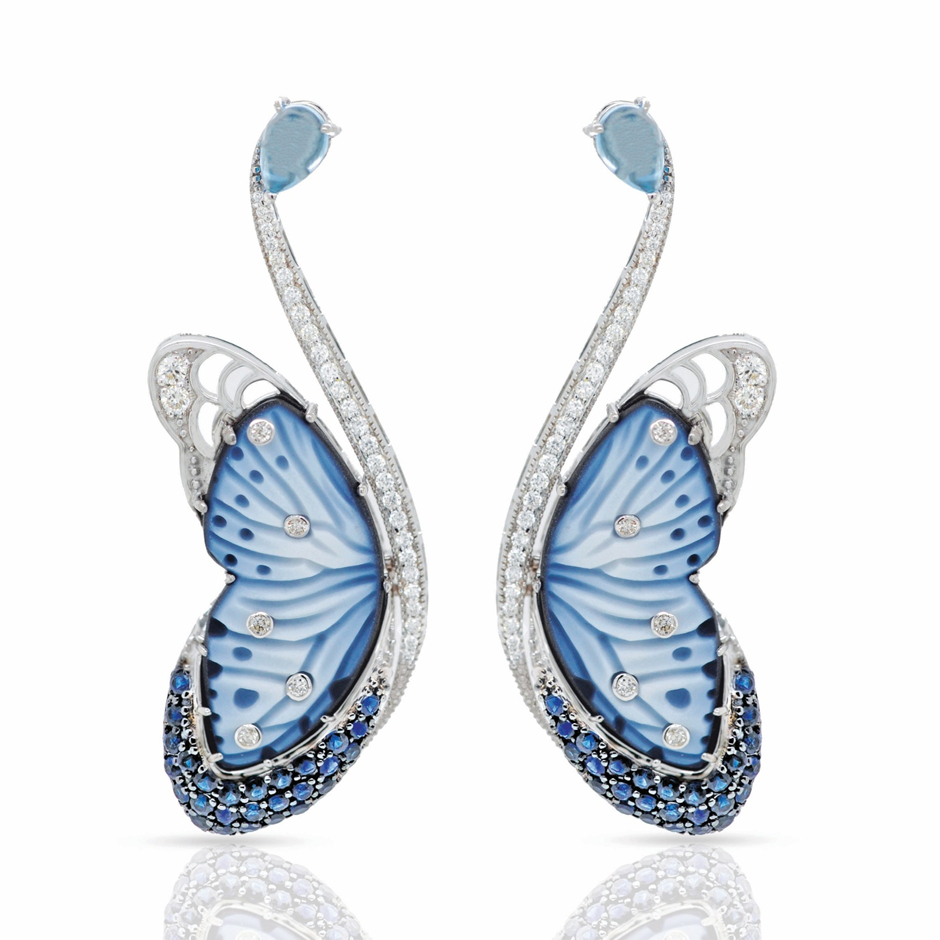
Cabochons, smooth and rounded, often used in temple jewellery, continue to star in bold Bulgari and Cartier collections. Sliced or uncut diamonds, exported globally, add raw allure to contemporary pieces. These elements, drawn from India’s architecture, miniature paintings, and natural landscapes, form a design library that remains inexhaustible.
Modern Fusion
In 1928, the Maharajah of Patiala commissioned Boucheron’s largest-ever order, a dazzling array of jewels that inspired their 2022 New Maharajahs collection.
Cartier’s tutti-frutti style, blending carved gemstones with Victorian and Art Deco influences, epitomizes the cross-cultural fusion that defines Indian-inspired jewellery. Brazilian designer Silvia Furmanovich, moved by Indian miniature paintings, found inspiration in Udaipur’s art schools, while Van Gelder Indian Jewellery’s Jaali and Baoli collections channel Indian architecture and step wells, marrying symbolism with craftsmanship.
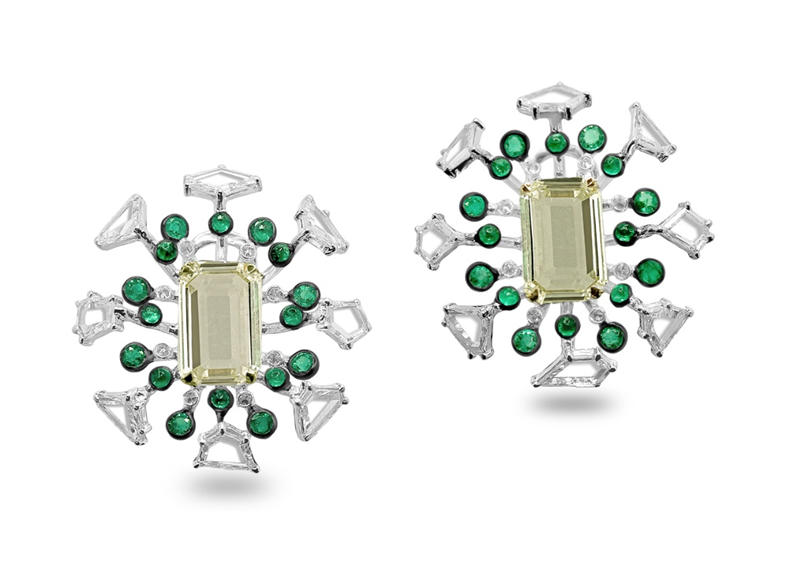
Renowned UK designer Alice Cicolini lauds India’s artisans for preserving techniques like filigree, granulation, and enamelling—skills that are gradually fading elsewhere. “India is one of the best places to find master craftsmanship,” she says, noting the country’s evolution into a hub for both bespoke and mass-luxury production.
Cicolini sees a nuanced appreciation of Indian design as the next big opportunity. “The world is ready for a more complex understanding of Indian aesthetics—beyond the ‘more is more’ style to a refined, ‘less-is-more’ approach,” she said.
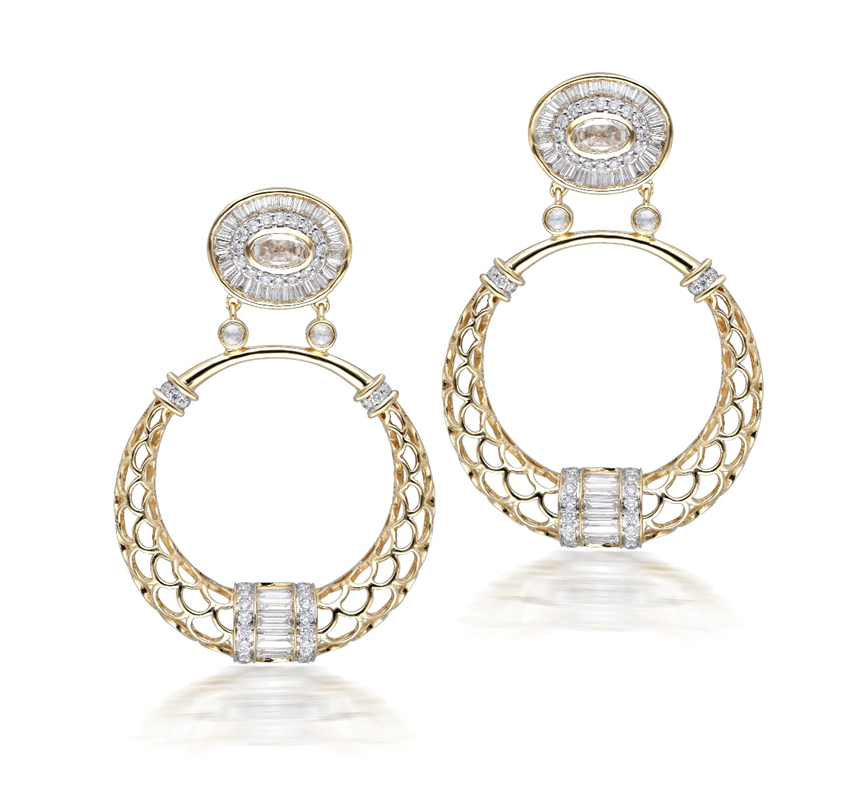
The global village has helped both designers and artisans to learn and adapt advanced techniques and settings, while holding on to the beauty of our timeless crafts, thus creating a new lexicon of design.
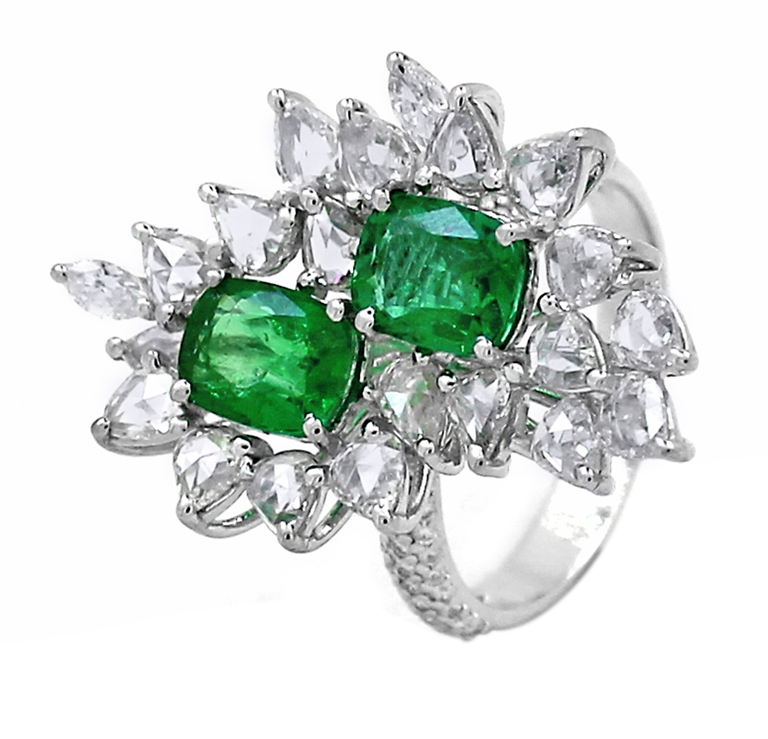
India’s jewellery legacy is more than craftsmanship—it’s a story of resilience, creativity, and cultural depth. As the world embraces a nuanced appreciation of Indian aesthetics, from maximalist opulence to refined minimalism, the country stands poised to lead.

